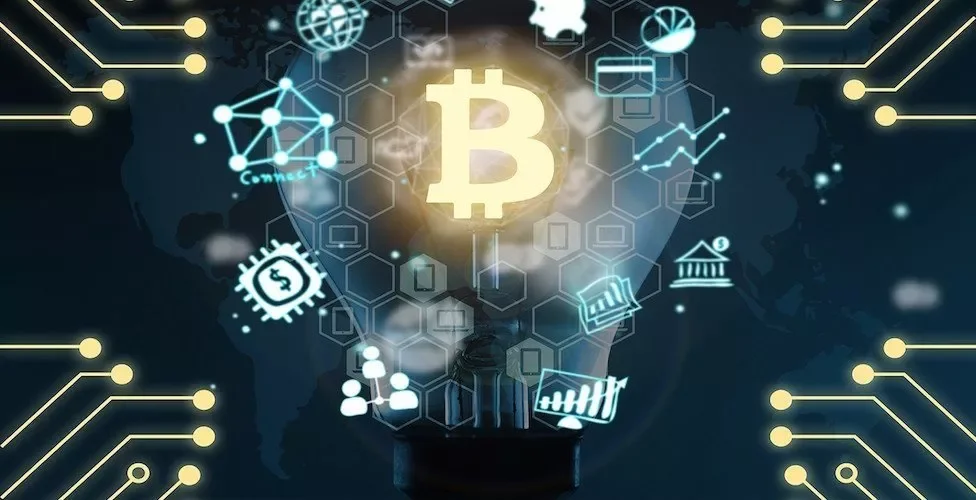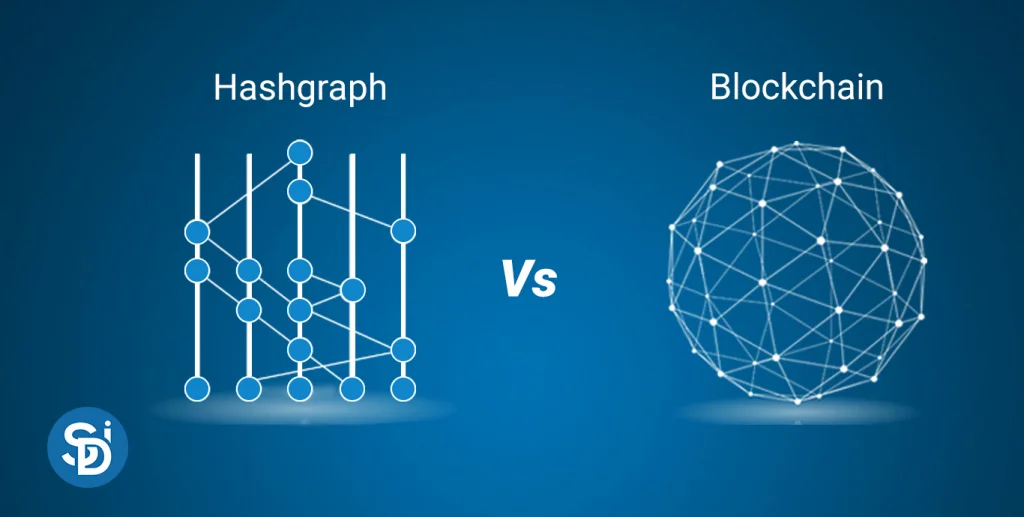

Even though AI and Blockchain have been very compared to other developing sides and implementations, scientists have been bringing up and considering their amalgamation.
Because of its application potential, Blockchain has become appealing to a wide range of industries. Cryptocurrencies, transactions, and contract information, as well as data files, photos, videos, and design documents, can all be added to the blockchain.


With distributed ledgers, such as Hashgraph software (distributed ledger technology that uses a directed pivot graph to create a consensus algorithm), blockchain technology is continually evolving, discovering ways to solve scalability issues by adding resources to the system.
Blockchain is a decentralized technology that significantly improves the boundaries of conventional methods of stockpiling and transmitting information. All data stored and processed in the Blockchain is transparent, comprehensive, and cannot be tampered with or fraudulently altered. It’s also why blockchain has become increasingly common in several fields, including accounting and business, schooling, farming, manufacturers, entertainment, health, and education…
Cryptocurrency has quickly gained traction outside of the realm of Fintech. It is used to monitor the activities of commodities in the distribution network, and it is of involvement to many in intellectual property fields, including the manufacture of drugs, automobiles, consumer staples, and other premium markets. In regions where the difficulty of counterfeit and pirated products is still the main consideration, traceability of goods is essential.
AI will constantly receive datasets for the training itself, enabling it to keep improving. Blockchain, on the other hand, is primarily a technique that provides the storage of encryption keys on a public blockchain.
Blockchain permits the development of secure online databases that only services available to the consumer. Clinical or economic information is too sensitive to hand over to a corporation and its algorithms.
Storing this data on a Blockchain, which can be accessed by AI but only after following the proper processes, can provide us with substantial advantages of personalized proposals while protecting our sensitive data.
Training AI requires not only high-quality data sources for classifiers to understand, but also a lot of computational capabilities. An artificial neural network (ANN) is a type of computer system that is frequently used in AI algorithms.
ANNs know how to control activities by observing countless instances. These ANNs quite often necessarily involve a largely available computing ability to handle millions of parameters and then perform a specific task.
Why not share processing power if data can be shared on a Blockchain network? In some Blockchain systems, users can lend the computational power of their computers’ devices to those pursuing to perform complex calculations via a peer-to-peer (P2P) marketplace. When customers borrow their computational power, they possessed the capacity in return.
AI will use immutable records of all data, attributes, and particular strategies with Blockchain technology to make decisions. This makes checking the entire process much easier.
All steps from data entry to conclusion can be observed with proper Blockchain programming, and the spectator can be certain that this data has not been tinkered with.
It instills trust in the conclusions reached by AI programs. This is a crucial component because households and corporations will not start using AI applications only if they understand how they work and what information AI can use to make decisions.
Blockchain technology is gradually entering the mainstream, hence the need for collaboration among blockchain designers to develop coherent and satisfaction of customers and integration protocols. The EU Commission has a plan for blockchain research, and the US Congress recently held a closed meeting on Blockchain.
As a consequence, it appears that it is only a question of time before regulation addresses possible future changes and barriers to technology adoption, such as legal requirements, enforcement of contracts, and so on; policing of intellectual property rights, data protection, secrecy, partnership rules, and classifications for smart contracts – how they apply to intellectual property law and practice. If AI and Blockchain can reach their full potential, they will have a significant impact in the long run. The combination of these futuristic technologies will undoubtedly improve many aspects of our lives in the future. I Hope SmartOSC has provided you with useful information so that you can look for new trends and potential investment opportunities!
Increased acceptance and knowledge sharing have aided the spontaneous growth of cryptocurrency over the last…
Blockchain can be intimidating to research, but attending cryptocurrency events is one of the best…
Blockchain has made inroads into all major industries and is also becoming a part of…
In recent years, blockchain lending solutions have grown in popularity as a way to earn…
The scalability trilemma is still one of the blockchain's most pressing issues. Here are some…
Many people are looking for ways to get involved in the crypto world as the…